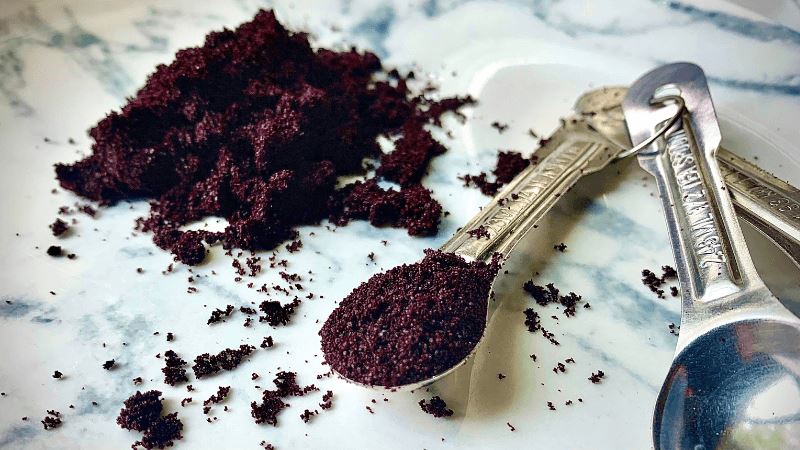Is Açaí Only Found in Brazil?
Açaí is the fruit of a somewhat rare species of palm tree that is native to a small area of swamps and flood plains in the Eastern part of the Amazon rainforest in Brazil. As such it makes perfect sense that açaí is widely referenced as the Brazilian Superfruit. However, its relatively recent global popularity has paved the way for expansion of cultivation both in Brazil and beyond. So it seems this vitamin-packed drupe is not just a Brazilian Superfruit any more.
Let’s take a look at the rise of açaí and the locations around the globe that one can find producers of açaí.
Why Has Açaí Become So Popular?
Long before Açaí become a globally-recognized “health food”, it was a main staple for Amazonian tribes. Once discovered by people of larger, urban areas, it gained popularity in cities around brazil. Travelers quickly caught on. Once it made its debut on social media, it wasn’t long before it became a global culinary sensation. Its vibrant purple hue made it incredibly photogenic, which is likely, in-part, why it was so frequently photographed and posted on social networks, but it was more likely the health benefits and the unique flavor that made it so intriguing to the masses.
Benefits to Health
Like blueberries and many other fruits that are notorious for their immunity boosting nature, açaí boasts high levels of antioxidants, but at a much grander scale. According to Healthline.com, the Oxygen Radical Absorbance Capacity (ORAC) is the measurement by which antioxidant levels are measured, and açaí has more than three times the levels of blueberries. As such, they have been regarded as a potential for fighting cancer and other diseases.
Flavor
The flavor of açaí is not what one expect. It somewhat tart, earthy, and far from what anyone would describe as sweet. It is often described as having a similar flavor profile of cacao. These days, its most popular uses are alongside other fruits in bowls and smoothies, but in its native region, it is often served as a savory side to Brazilian main courses. Regardless what it is being used for, though, the unique flavor can be quite appealing for culinary voyagers and chefs alike.
Where Is Açaí Found?
While the popularity of açaí has led to an increase in global production of the açaí palm, the primary producer is still Brazil, providing about 85% of the world’s supply. Still, that leaves 15%, and the majority of those producers are also found in Central and South America, where both the temperature and moisture levels are high, including Venezuela, Colombia, Ecuador, and the Guyanas. Because these trees thrive in swamplands, some parts of Florida have also proven to be ideal growing locations, though the production levels are minimal. There is also, of course, the possibility of creating similar conditions in greenhouses.
Why Hasn’t Açaí Production Expanded Further?
Despite the worldwide popularity of açaí, the market for this superfruit has not reached many locations. The reason for this is simple, açaí palms are not easy to to cultivate or harvest fruit from. Additionally, as already mentioned, açaí palms need very specific climatic conditions—hot and wet. They primarily grow in floodplains and swamp lands in the Amazon rainforest. Those conditions are not easily reproduced—especially because of the size of the açaí palm. Like just about everything else in the Amazon, the palm trees grow bigger—as much as 82 feet or more. That makes growing them in greenhouses a little difficult.
If you are ready to begin your açaí journey, we wouldn’t recommend trying to grow your own. Start with some freeze-dried açaí powder straight from Brazil.






Slofoodgroup
Author